Should I Stay or Should I Go? – The Clash
As your business grows and evolves, one decision you’re likely to face is whether to move to a new office or refurbish your current space. This dilemma is all too common, and each choice comes with its own set of challenges and benefits. We’ve given an overview of the pros and cons related each, to give you a helping hand when trying to make a decision
Refurbishing Your Current Office
When your office feels a little outdated or no longer fits your needs, refurbishment can be an attractive option. However, it’s important to weigh both the positives and the negatives before you begin knocking down walls and laying new carpets.
Pros:
- Less Administration: Staying in your current office means avoiding the significant administrative burden of negotiations, legalities, and the logistics of a full office move. You won’t have to deal with new leases, estate agents, or removal services.
- Minimal Disruption: One of the biggest advantages of refurbishing is the continuity for your staff. They won’t need to adjust to new commutes, new office layouts, or find nearby amenities all over again. Familiarity remains intact.
- Customisation: A refurbishment allows you to tweak and tailor your office space to your specific requirements, without the upheaval of an entire relocation. Whether it’s adding collaborative workspaces or upgrading to a more modern aesthetic, the control is in your hands.
Cons:
- Limited Flexibility: If your office space is too small or too large for your current team, refurbishment won’t resolve these size constraints. It’s a temporary fix if the issue is space rather than design.
- Potential for Disruption: While staying in the same location has its advantages, refurbishment projects can still be disruptive. Workspaces may need to be temporarily relocated, noise and mess could affect productivity, and managing this process smoothly can take time.
Moving to a New Office
On the other hand, moving to a new location offers a fresh start and the possibility of finding a space that better suits your growing or changing business. While this can be a refreshing and revitalising change, it also comes with its own hurdles.
Pros:
- Size Adjustment: Moving to a new office gives you the opportunity to find a space that better suits your current team size and growth projections. You can avoid the cramped quarters of a too-small office or the empty echoes of one that’s too large.
- Location Optimisation: A move allows you to reassess your location. Is your current area too far from key clients? Does it make commuting difficult for staff? Moving gives you a chance to find a spot that’s more convenient for everyone involved.
- A Fresh Start: Sometimes, the physical environment can impact company culture. A new office can breathe new life into your business, energising staff and fostering creativity. It’s a chance to realign your office space with your company’s evolving needs and values.
Cons:
- Higher Costs: Moving can be expensive. The costs don’t stop with the physical relocation; you might face lease increases, potential renovation costs for the new space, and other unexpected expenses.
- Time-Consuming: Finding the right office, negotiating contracts, and planning the logistics of a move is no small task. It can consume a considerable amount of time and effort, especially if the process is not carefully managed.
- Adjustment Period: A new office means new commutes, new layouts, and unfamiliar surroundings. While the move may have long-term benefits, the short-term disruption can affect your team’s focus and morale.
The Verdict
Ultimately, the choice between moving office or refurbishing your existing space will depend on your specific business needs, budget, and long-term goals. Refurbishment might be ideal for those seeking minimal disruption and the ability to personalise their space, but it won’t fix issues related to size or location. Moving, on the other hand, offers a chance for a fresh start, with better alignment to your business’s current and future needs—though it comes with higher costs and potential adjustment challenges.
Whichever route you choose, careful planning and consideration are key. Assess your business needs, involve your team in the decision-making process, and weigh the pros and cons carefully to ensure your choice supports your long-term growth and success.




